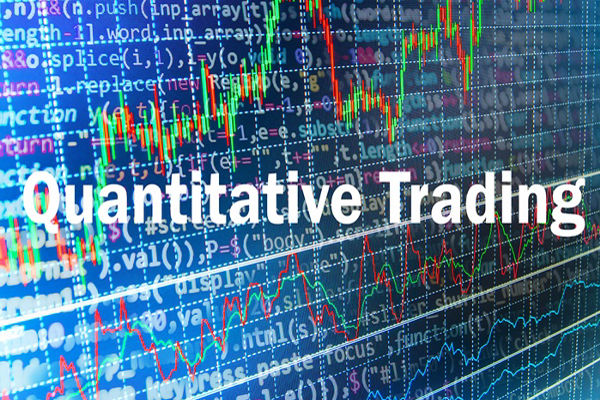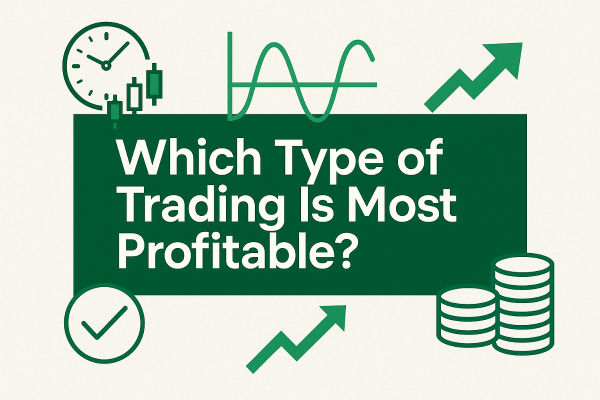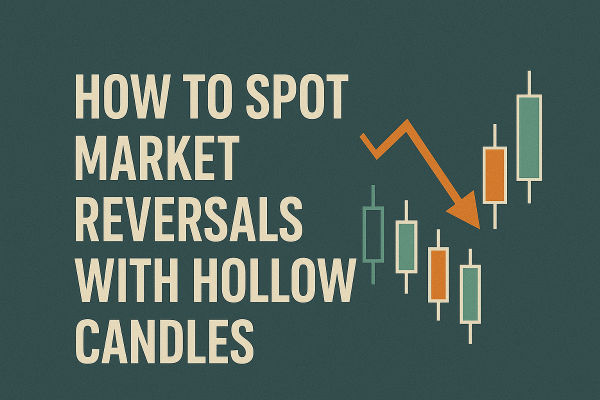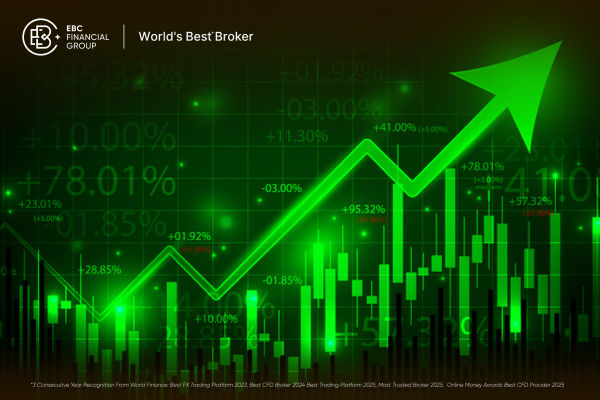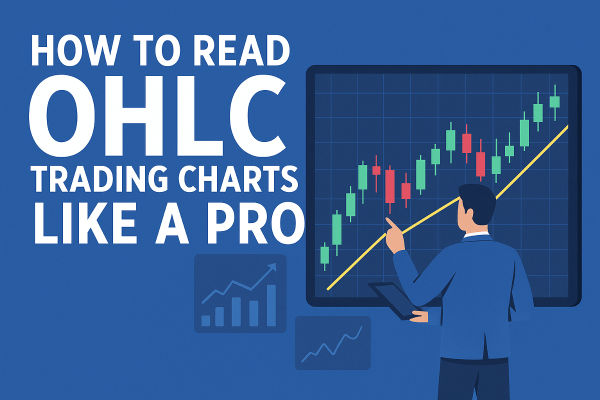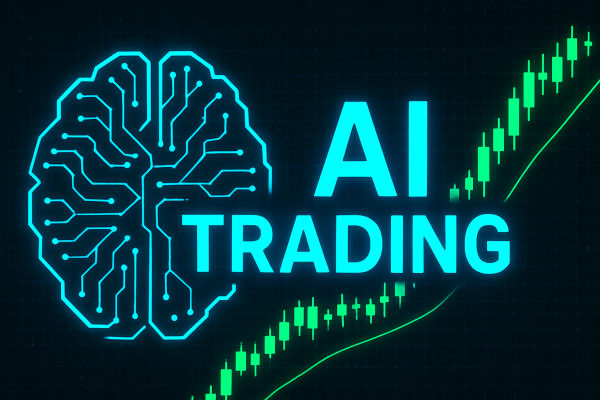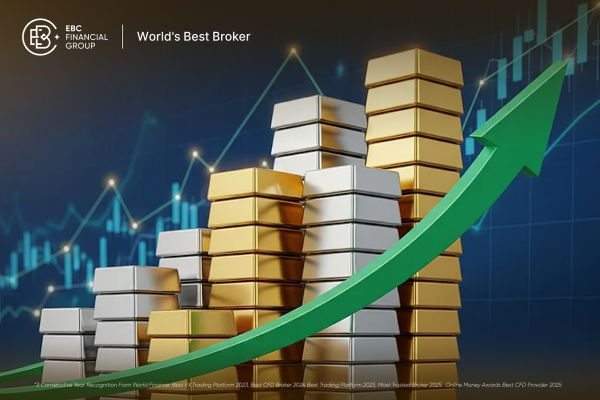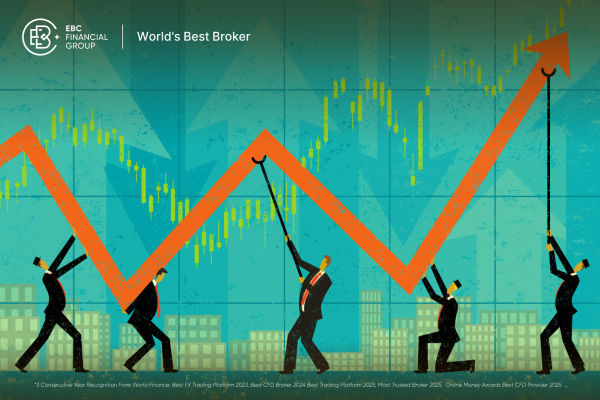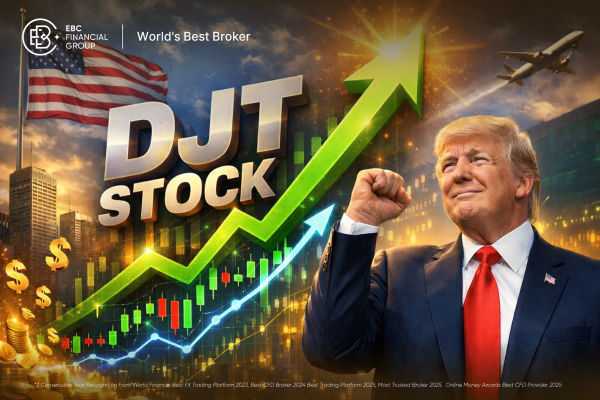Quant trading, also known as quantitative trading, involves using mathematical models, algorithms, and computational power to identify and execute trading strategies. It has become an essential part of modern financial markets, particularly with the rise of high-frequency trading and algorithmic trading.
Quantitative traders leverage historical data, market trends, and statistical analysis to make data-driven decisions, removing human emotion and guesswork from the process. In this article, we will explore seven key insights that every trader should know about quant trading.
Quant Trading Insights
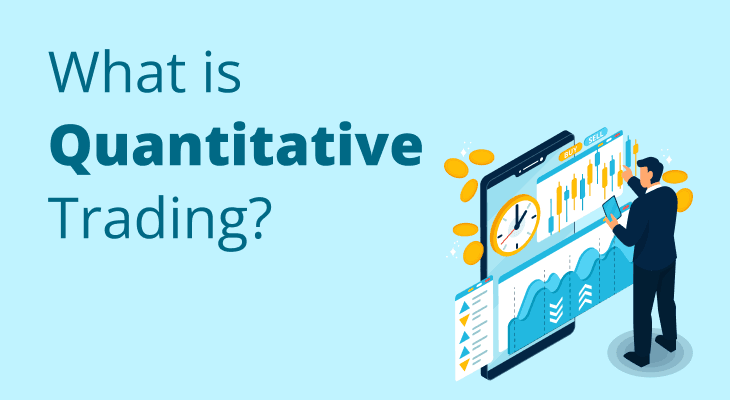
1. What Is Quant Trading?
Quant trading is based on using mathematical and statistical models to predict market movements and execute trades. Unlike traditional trading, which often relies on intuition and fundamentals, quant traders use data to back up their decisions. The goal is to design algorithms that can analyse vast amounts of market data, spot patterns, and make trades faster and more efficiently than a human trader could.
While quant trading is often associated with large institutional traders, retail investors and small hedge funds are increasingly using these techniques as well. The key advantage of quant trading is that it enables traders to process more information in less time, potentially identifying profitable opportunities that may not be obvious to the naked eye.
2. The Role of Algorithms in Quant Trading
Algorithms are the backbone of quant trading. These computer-driven instructions are designed to process data, identify trends, and execute trades in real time. There are various types of algorithms used in quant trading, including those that rely on technical indicators, price action, and other market data. Some algorithms are simple, while others are highly complex, requiring significant computational power.
Algorithms can execute trades at incredibly high speeds, often in fractions of a second, making quant trading particularly advantageous in fast-moving markets. One popular algorithm is the mean reversion algorithm, which assumes that asset prices will tend to revert to their historical mean over time. Other algorithms might be designed to track momentum or trends in specific stocks or asset classes.
3. Backtesting and Data Analysis
One of the most critical components of quant trading is backtesting. Backtesting involves applying a trading strategy to historical market data to evaluate its effectiveness. By running a strategy through past data, traders can determine whether it would have been profitable or not. This process is essential because it helps traders assess the risk and reward of a strategy before putting real money on the line.
In quant trading, data is king. The better the data, the more accurate the predictions and the more effective the strategy. Traders rely on vast datasets, including price movements, trading volume, and even news sentiment, to refine their models and improve performance. In many cases, traders will develop custom datasets and use machine learning techniques to refine their models further.
4. High-Frequency Trading and Speed
High-frequency trading (HFT) is one of the most well-known applications of quant trading. HFT involves executing a large number of orders at extremely high speeds, often in milliseconds. The goal is to profit from small price movements that occur over very short periods.
HFT relies heavily on advanced algorithms and cutting-edge technology to gain an edge in the market. Speed is crucial in quant trading, and many high-frequency traders use co-location services, where their servers are placed in the same data centres as the exchanges, allowing them to reduce latency and execute trades as quickly as possible.
While HFT can generate substantial profits, it also carries significant risks. In highly volatile markets, algorithms may make trades based on outdated or inaccurate data, leading to substantial losses. For this reason, risk management is critical in quant trading, especially in high-frequency strategies.
5. The Importance of Risk Management
Risk management is one of the most crucial aspects of quant trading. While quantitative strategies are designed to identify profitable opportunities, they are not foolproof. As with any trading strategy, there is always the risk of losses. One of the advantages of quant trading is that it allows for systematic risk management, with risk controls built into the algorithms themselves.
For example, algorithms may be programmed to automatically cut losses when a trade moves against them by a predefined amount. This is known as a stop-loss. Other risk management tools, such as position sizing and diversification, are also essential in quant trading to help mitigate risk and avoid large drawdowns.
6. Machine Learning in Quant Trading
Machine learning has become increasingly integrated into quant trading in recent years. Machine learning algorithms can automatically adapt to changing market conditions and improve their predictions over time. These algorithms are trained on historical data to identify patterns that humans may not easily spot.
For example, a machine learning algorithm might analyse millions of data points, such as price trends, social media sentiment, or news events, to identify correlations that could predict future price movements. Over time, the machine learning model adjusts itself to improve its accuracy, making it a powerful tool in quant trading.
While machine learning can enhance quant trading, it also requires substantial computational resources and expertise to implement. Furthermore, machine learning models are not always foolproof and can be subject to overfitting, where the model performs well on historical data but poorly in live market conditions.
7. The Future of Quant Trading
The future of quant trading looks bright, with advances in technology and data science continuing to drive innovation. As markets become more complex and interconnected, the demand for sophisticated quantitative models will only increase. Traders who embrace quant trading and harness the power of artificial intelligence, machine learning, and big data will likely have a competitive edge in the market.
Moreover, the rise of cryptocurrencies and blockchain technology is expected to open new opportunities for quant trading. With more data available than ever before, and with new markets and asset classes emerging, the potential for quant trading strategies to evolve and thrive is enormous.
Disclaimer: This material is for general information purposes only and is not intended as (and should not be considered to be) financial, investment or other advice on which reliance should be placed. No opinion given in the material constitutes a recommendation by EBC or the author that any particular investment, security, transaction or investment strategy is suitable for any specific person.
